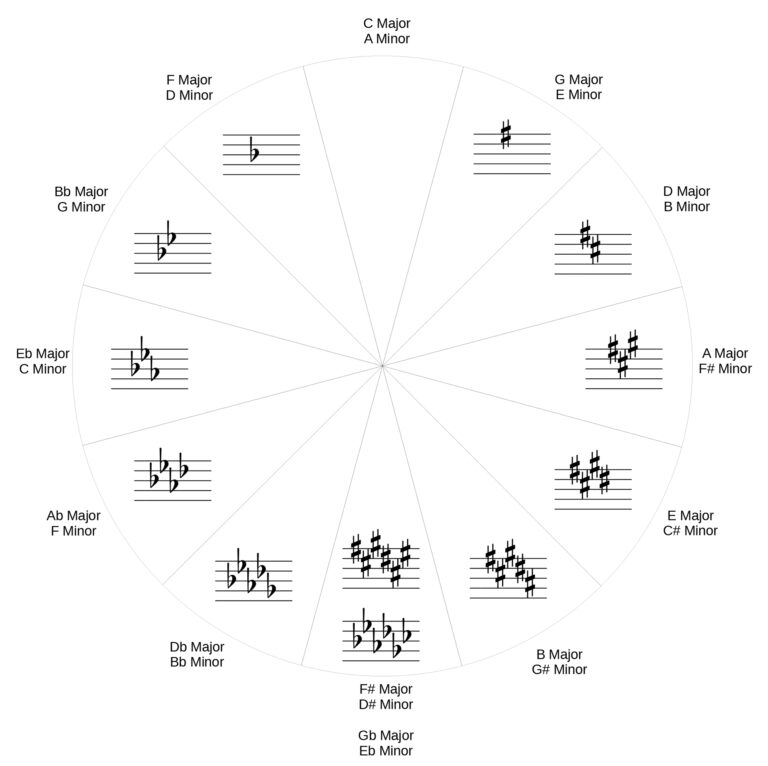
The Circle of Fifths
The C Major Scale and the Key of C:
Before we take a look at the circle of fifths, let’s first talk about the C Major Scale.
Most music is based on a pattern of notes called the major scale. The major scale is eight notes, with the eighth note being the same as the first but doubled in pitch, for example C D E F G A B C. The C major scale can be played on piano using only white keys. The distance from one C to the next is called an octave because it covers eight notes.
Including white and black piano keys, there are twelve keys from C up to B.
The C major scale uses seven of the twelve (the white keys) and skips over five (the black keys).
Two white keys with a black key between them are a step apart, for example C to D.
Two white keys that are right beside each other are a half-step apart, for example E to F.
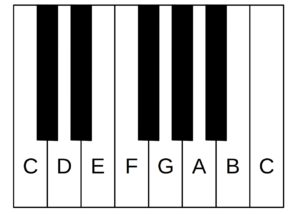
This makes an uneven pattern of steps and half-steps.
From C to D is a step.
From D to E is a step.
From E to F is a half-step.
From F to G is a step.
From G to A is a step.
From A to B is a step.
From B to C is a half-step.
All major scales follow this pattern:
Step, Step, Half-step, Step, Step, Step, Half-step
If a piece of music uses only notes from the C major scale, it is said to be in the key of C. The key of C uses seven natural notes, and has no key signature.
Other Major Scales:
If we build a major scale starting on the note D, we get the following:
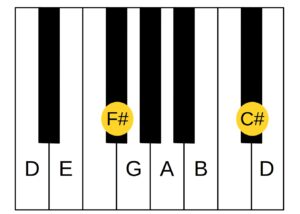
From D to E is a step.
From E to F is only a half step, so we replace F with F# to make it a step.
F# to G is a half-step.
From G to A is a step.
From A to B is a step.
From B to C is only a half step, so we replace C with C# to make it a step.
From C# to D is a half-step.
The key of D uses 5 natural notes and two sharp notes. A piece of music in the key of D is indicated by a key signature at the beginning of each line of music, showing the sharp symbol on F and C.
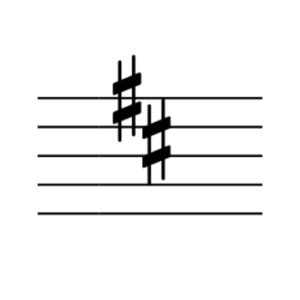
If we build a major scale starting on the note E, we get the following:
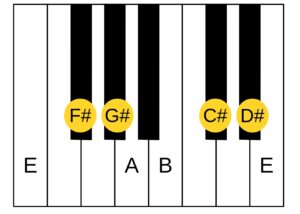
From E to F is only a half step, so we replace F with F# to make it a step.
From F# to G is only a half step, so we replace G with G# to make it a step.
G# to A is a half-step.
From A to B is a step.
From B to C is only a half step, so we replace C with C# to make it a step.
From C# to D is only a half step, so we replace D with D# to make it a step.
From D# to E is a half-step.
The key of E uses three natural notes and four sharp notes. A piece of music in the key of E is indicated by a key signature at the beginning of each line of music, showing the sharp symbol on F, C, G and D.
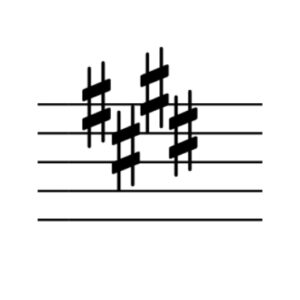
If we build a major scale starting on the note F, we get the following:
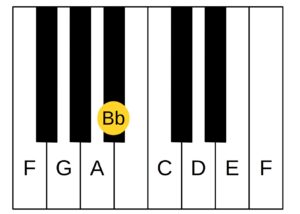
From F to G is a step.
From G to A is a step.
From A to B is a step, so we replace B with Bb to make it a half-step.
From Bb to C is a step.
From C to D is a step.
From D to E is a step.
From E to F is a half-step.
The key of F uses six natural notes and one flat note. A piece of music in the key of F is indicated by a key signature at the beginning of each line of music, showing the flat symbol on B.

If we build a major scale starting on the note G, we get the following:
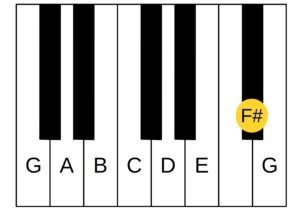
From G to A is a step.
From A to B is a step.
From B to C is a half-step.
From C to D is a step.
From D to E is a step.
From E to F is a half-step, so we replace F with F# to make it a step.
From F# to G is a half-step.
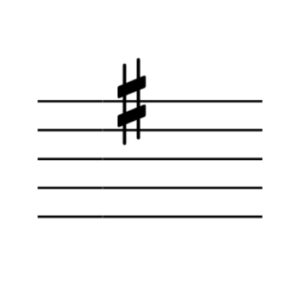
All twelve keys have their own unique combination notes. When looked at in alphabetical order, it is hard to discern a pattern.
The key of C has only natural notes.
The key of D has two sharp notes.
The key of E has four sharp notes.
The key of F has one flat note.
The key of G has one sharp note.
The circle of fifths is a way of organizing the keys so that their patterns become apparent.
What is a Fifth?
A fifth is the musical interval made up of the first and fifth of five consecutive notes. For example, C to G is a fifth, as is A to E.
A perfect fifth is always three and a half steps.
The circle of fifths arranges the twelve keys like the twelve positions on a clock, with each position being a fifth away from the keys on either side.
The key of C is at the top centre of the circle. The key of C has no key signature.
Moving clockwise around the circle, G is in the next position. G is a fifth away from C, and has one sharp note. The key signature shows the sharp symbol on F.

Continuing clockwise, D is in the next position. D is a fifth away from G, and has two sharp notes. The key signature shows the sharp symbol on F and C.

The next key is A. A is a fifth away from D, and has three sharp notes. The key signature shows the sharp symbol on F, C, and G.

The next key is E. E is a fifth away from A, and has four sharp notes. The key signature shows the sharp symbol on F, C, G and D.

Notice that with each new key, the sharps from the previous key remain, while one new sharp is added.
The pattern continues for all six sharp keys.
To examine the flat keys, once again start at the key of C, but this time move counter-clockwise. F is a fifth lower than C. The key of F has one flat note. The key signature shows the flat symbol on the note B.

Moving counter-clockwise around the circle, Bb is in the next key. Bb is a fifth away from F, and has two flat notes. The key signature shows the flat symbol on B and E.
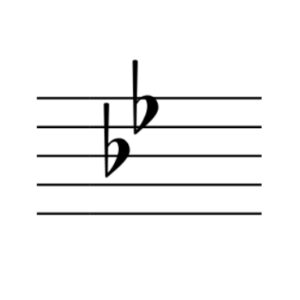
All six flat keys follow the same pattern — with each new key, the flats from the previous key remain, while one new flat is added.
The key at the very bottom of the circle is called Gb/F#. It is directly opposite to the key of C, and is called an enharmonic key. That means it has two different names and key signatures, but the actual tones are the same.
This post has simplified things by leaving out minor keys. A future post will look at the circle of fifths and minor keys.